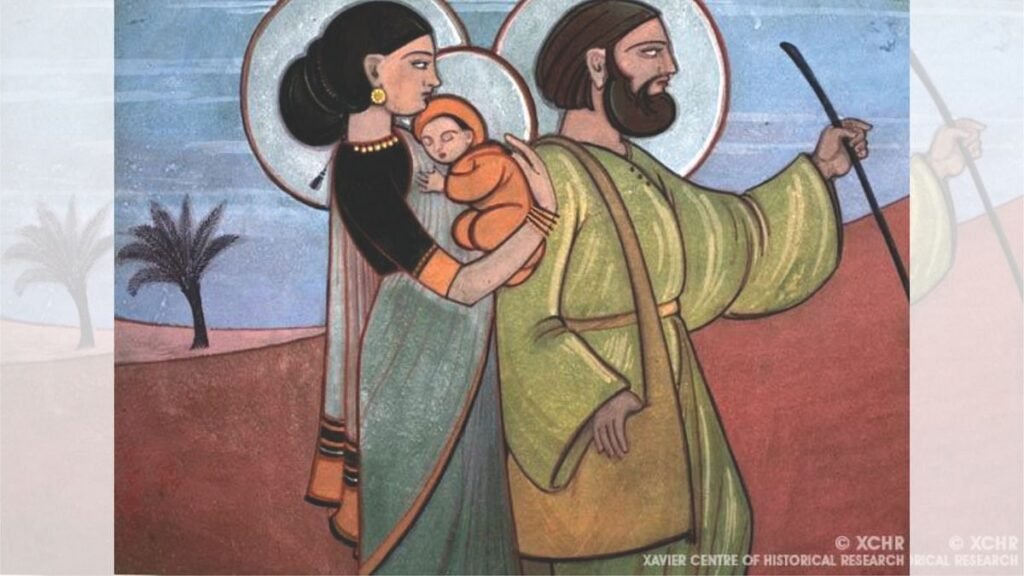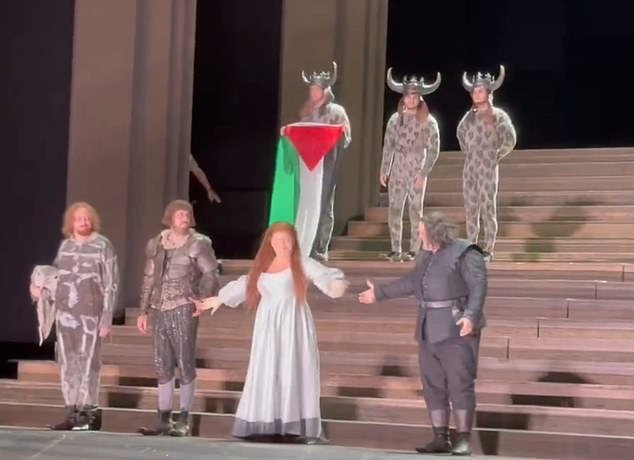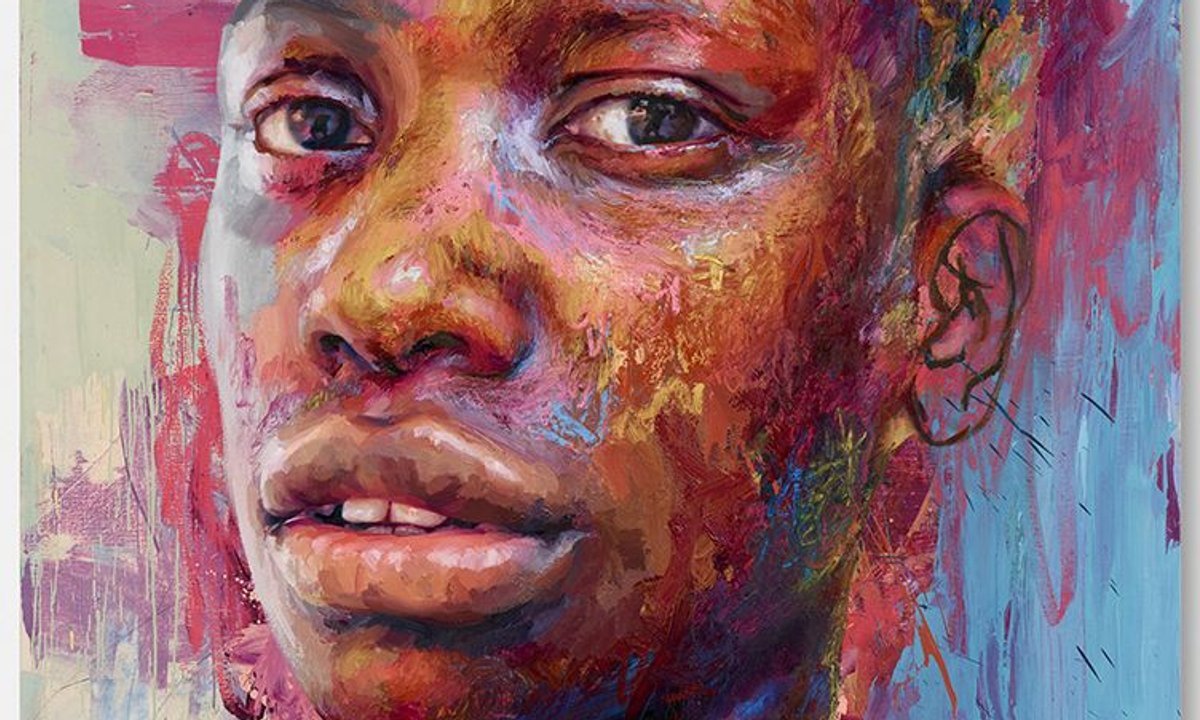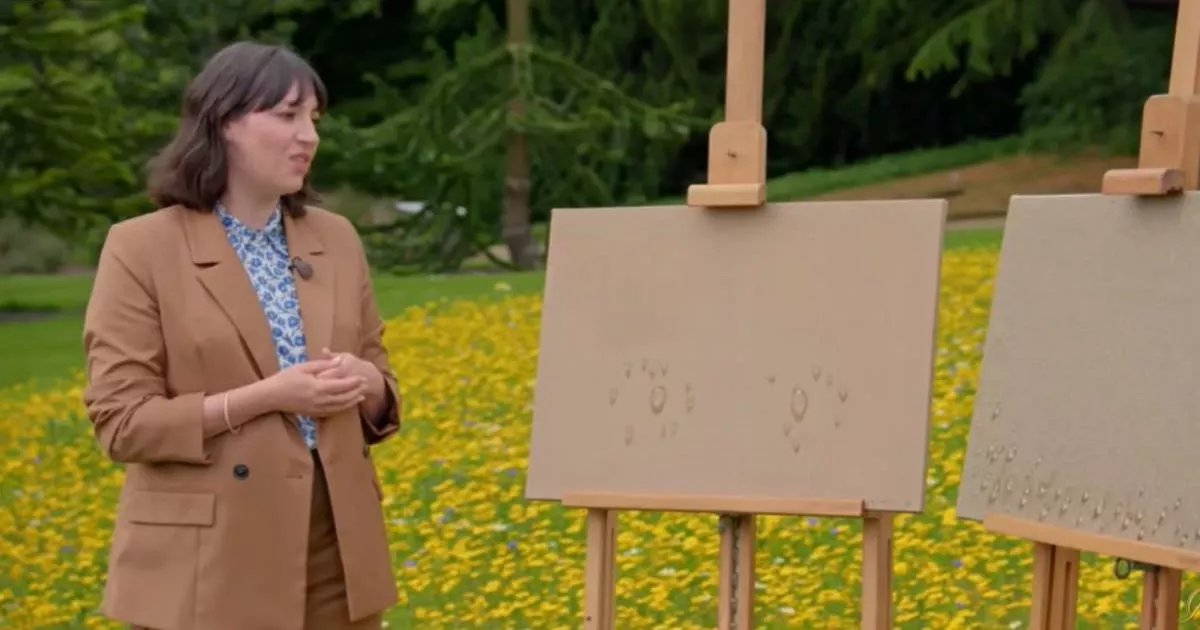Angelo da Fonseca (aka José Nicholas Angelo da Fonseca), the bridge between the Bengal School of Art and Modernism, was a significant artist lost in the ocean of celebrated artists. Fonseca, one of the pioneers who challenged prescribed genres of art, was born in a large wealthy home, in the small village of Santo Estevam, an islet of Goa, in 1902. Angelo was one of seventeen children, eleven of whom survived. Inclined towards the fine arts, along with some of his siblings, as artistic ideas flowed from their mother Delfina, to her children.
While studying in Poona, at St Vincent’s Boys High School, Angelo’s early line drawings caught the attention of Charles Ghezzi, a Jesuit priest who headed the school. Godbole, a design teacher, also encouraged the young Angelo, who was simultaneously drawn to music, dance, and theatre.
However, he enrolled in medical studies at the Grant Medical College, Bombay, but lured as he was to the arts, opted for Sir J. J. School of Art. On realizing the curriculum was European oriented, Fonseca, beckoned by Bengal, travelled to Santiniketan in 1929 to unlearn and learn from Nandalal Bose and Abanindranath Tagore. The Bengal School was flourishing in those years, and it was there that he was mentored by these iconic masters who etched their fine lines in his mind. However, his was a wide world of absorbing, and he travelled back to Goa in 1931 to continue his practice.
A prolific artist, Antonio Fonseca’s work resonated in wood, clay, stained glass, scrolls, pencil sketches, and primarily, watercolour on paper. His eye interpreted Christian iconography of a Western order clothed in traditional Indian Hindu, Buddhist, or Islamic perspectives. It raised queries though, in some from the Christian community who argued that his choice of narrative stained the purity of their orthodox beliefs. Especially, his deconstruction of Madonna draped in a sari, wearing a bindi was almost sacrilege, and winged angels flying in dhotis seemed outrageous to them!
With the critiques flung at him, Fonseca left Goa and travelled to Europe where he exhibited his work in several regions as well as in Rome at the Vatican. A knighthood was bequeathed to him by the Pope and medals offered from Pope Pius XII in appreciation of his work.
In 1933, he was invited to stay at a British-Anglican ashram in Pune, where he continued painting for seventeen years. In 1938, he met Father Henry Heras, a Spanish Jesuit priest and historian, who bought his works, and Cardinal Celso Costantini, theologian, artist, writer and archaeologist, who was at the Vatican. Both of them encouraged Fonseca’s affinity with the church and its biblical narratives.
Having travelled to various regions, Fonseca’s experience led him to express his varied humane, socio-political emotions through his paintings where a confluence of cultures would embrace diversity. A viewer could discover shades of Jamini Roy or nuances of Kalighat Pattachitra in some of Fonseca’s lines; a curious blend of the East and the West.
In Poona, he met his new muse, Ivy Muriel, whom he married in 1951, and they had a daughter, Yessonda Dalton, in 1957.
While Fonseca was known to wear a Gandhi cap and Kolhapuri slippers, he was synchronically engaged with his Christian heritage. His works were a continuous flow of Goan-Christian sensibilities fused with traditional Indian motifs.
He passed away in Pune in 1967 due to meningitis, further erased the acknowledgement of a unique master of his own making. But his chronicles of the times live on in his work if you wish to seek them.
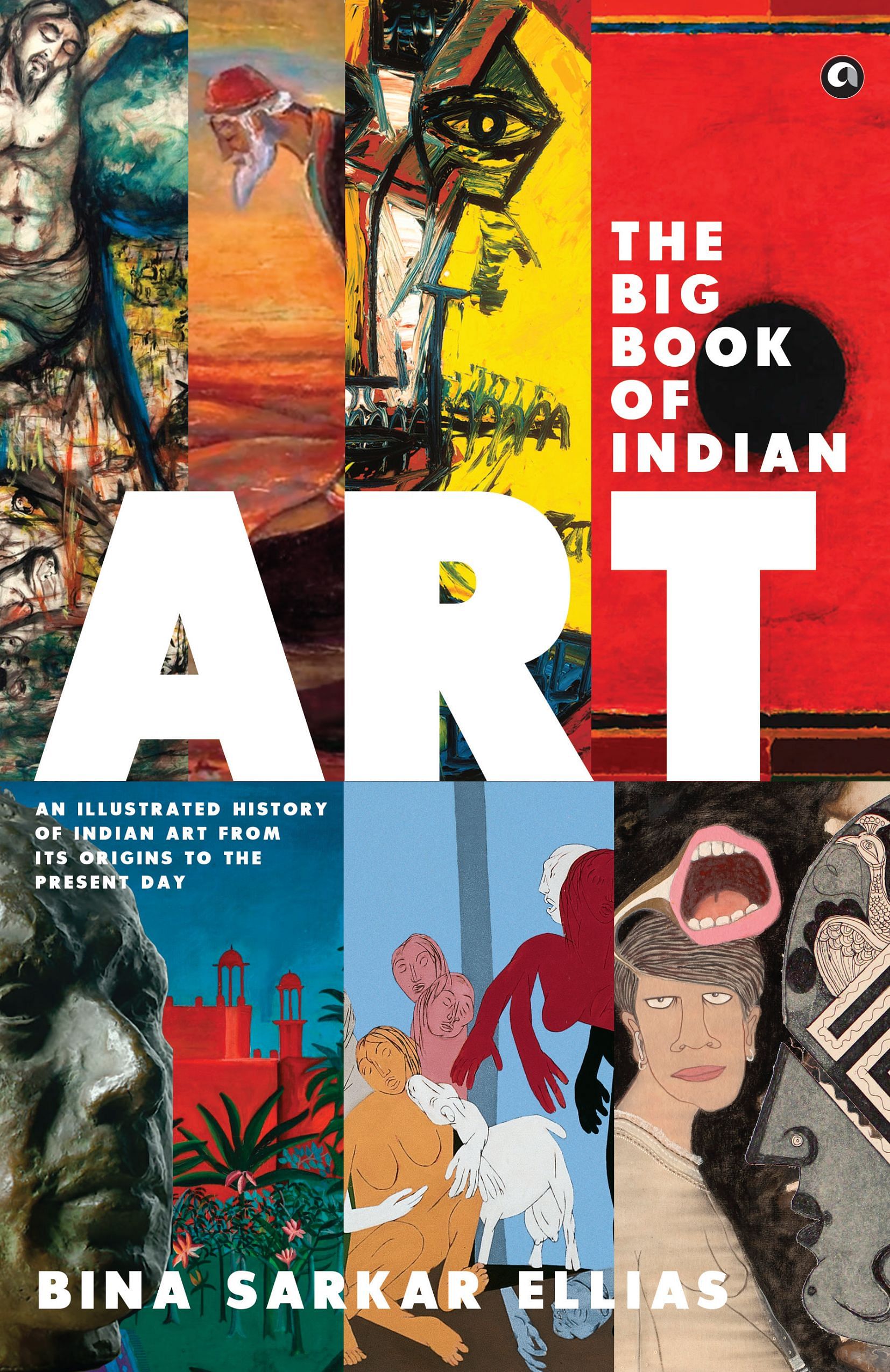 This excerpt from The Big Book of Indian Art by Bina Sarkar Ellias has been published with permission from Aleph Book Company.
This excerpt from The Big Book of Indian Art by Bina Sarkar Ellias has been published with permission from Aleph Book Company.

